Looking for plants that brighten up your landscape and give back a little extra? You’re in the right place!
These stunning picks don’t just add charm, they’re totally edible, too. Whether you’re after bold color, interesting texture, or eye-catching blooms, this list is packed with options that do double duty.
Some offer sweet fruits, others grow flavorful leaves or pods, and every single one earns its spot by making your space both more delicious and more beautiful.
Plus, they attract pollinators and helpful insects, adding natural balance to your garden. It’s a win-win all around, so let’s get planting and enjoy the tasty results right outside your door!
#1 Chives
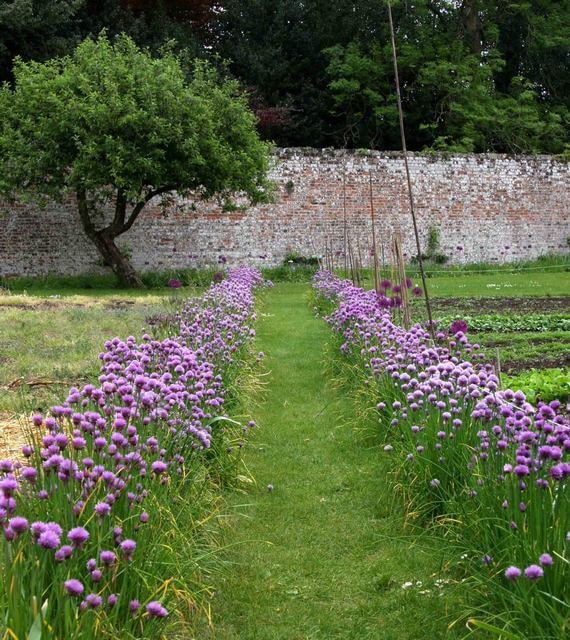 Image Credits: Pinterest
Image Credits: Pinterest
Their soft purple blossoms line a garden path like something out of a storybook, while their slender green stems add a graceful texture that sways in the breeze.
You can snip the leaves anytime to add a fresh, mild onion flavor to salads, eggs, or baked potatoes. Just plant them in full sun and keep the soil well-drained.
They’re easy to grow and come back each year with very little fuss. Plus, pollinators love those pom-pom flowers, giving your garden an extra boost of life.
#2 Jerusalem artichokes
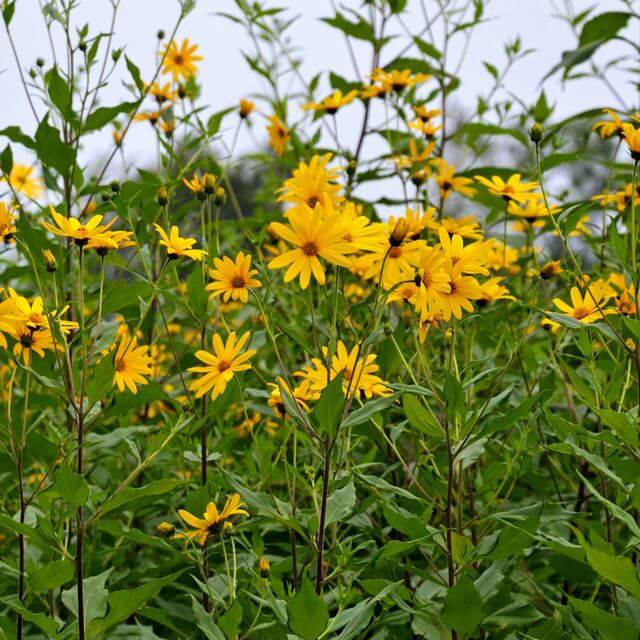 Image Credits: Theguardian
Image Credits: Theguardian
With bright yellow blooms that resemble cheerful sunflowers, Jerusalem artichokes (also called sunchokes) bring height, energy, and edible roots to your landscape.
These hardy perennials can shoot up to 8 feet tall, adding a bold backdrop to any border or garden edge. Underneath the surface, they grow knobby, nutty-flavored tubers that are perfect for roasting or sautéing.
Plant them in a sunny spot and give them space; they tend to spread if left unchecked. Once established, they’re low-maintenance and drought-tolerant, making them a rewarding choice for edible beauty.
#3 Fennel
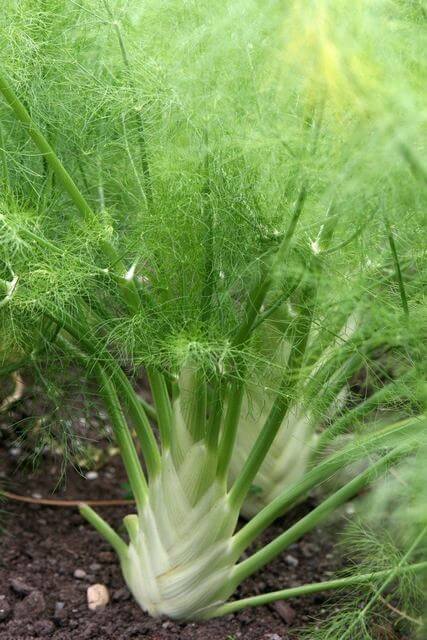 Image Credits: Gardeningknowhow
Image Credits: Gardeningknowhow
Fennel’s feathery green foliage and elegant, upright form make it a showstopper in any edible landscape.
Its soft, airy texture adds contrast among broad-leafed plants, and the bulb at its base delivers a crisp, anise-like flavor that’s delicious raw or cooked.
Pollinators love its yellow flower umbels, which appear later in the season and help support a thriving garden ecosystem. Sow seeds in full sun and well-drained soil, and thin out seedlings to give bulbs space to grow.
#4 Lavender
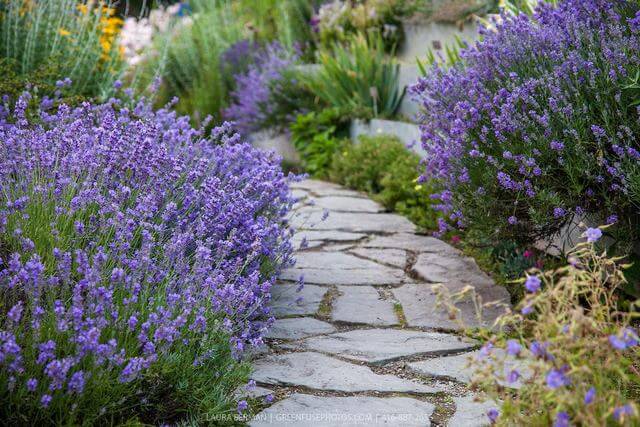 Image Credits: Blessmyweeds
Image Credits: Blessmyweeds
Lavender brings a dreamy charm to any garden path with its soft purple spikes and silvery-green leaves. Not only does it smell incredible, but it also attracts bees and butterflies while repelling pests like mosquitoes and moths.
The flowers are edible, too. You can sprinkle them into baked goods or steep them for a calming tea. Plant lavender in a sunny spot with well-drained soil, and prune it back lightly after blooming to keep its shape.
With just a bit of care, it’ll reward you with beauty, fragrance, and a touch of culinary magic.
#5 Pineapple Sage
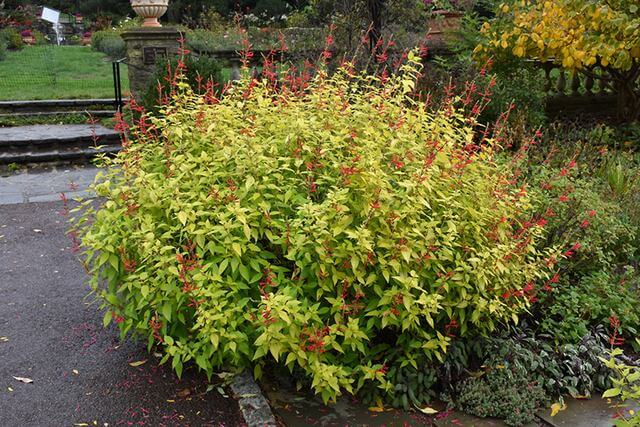 Image Credits: Thetutuguru
Image Credits: Thetutuguru
Pineapple sage lights up your garden with bright chartreuse leaves and vivid red flowers that hummingbirds can’t resist. Crush the foliage and you’ll catch a sweet pineapple scent, it’s just as refreshing as it sounds.
The edible leaves make a fun addition to teas, fruit salads, or even cocktails. Plant it in full sun and keep the soil moist but well-drained, especially during dry spells.
With its bold color and uplifting fragrance, this herb doubles as a pollinator magnet and a tasty treat.
#6 Flowering quince 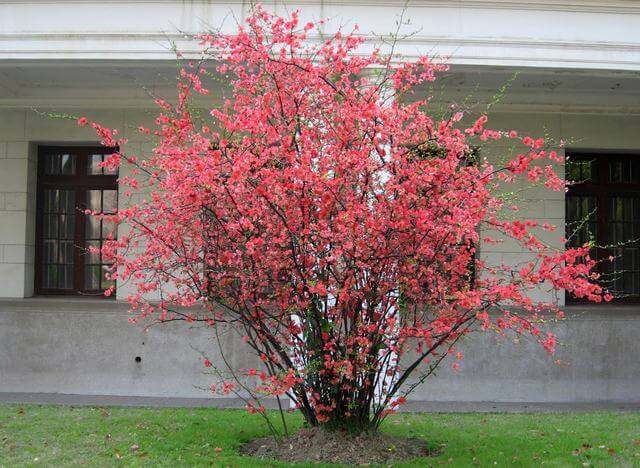
Flowering quince makes a bold first impression with its explosion of coral-pink blossoms that show up early, long before most plants wake up.
Once the flowers fade, it leaves behind glossy green foliage and small, hard fruits that are high in pectin, perfect for homemade jellies. The shrub’s thorny branches also make it a natural barrier or hedge.
Prune lightly after blooming to shape it or keep it in check. It’s a low-fuss, cold-hardy plant that brings both charm and function to your edible landscape.
#7 Catmint
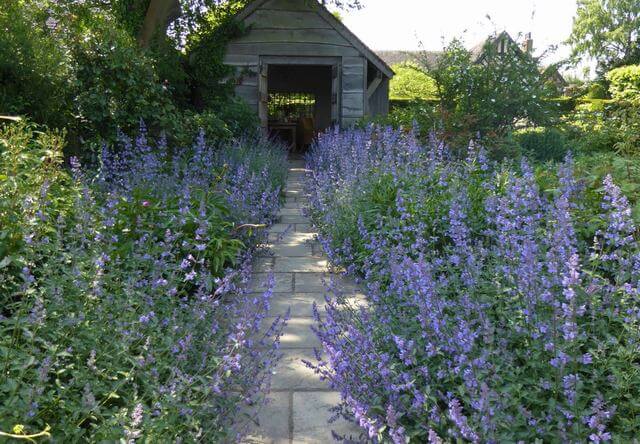 Image Credits: Gardenista
Image Credits: Gardenista
If you’re after a laid-back plant that does it all, catmint is a dream come true. Its soft purple-blue flowers bloom for months, drawing in bees, butterflies, and curious cats while giving your path or border a romantic, relaxed feel.
The fragrant leaves are edible too; try steeping them in tea for a gentle, calming effect. You’ll want to cut it back halfway after the first flush of blooms to keep it tidy and encourage more flowers.
This tough perennial thrives in full sun and poor soil, asking for very little but giving a lot in return.
#8 Haskap
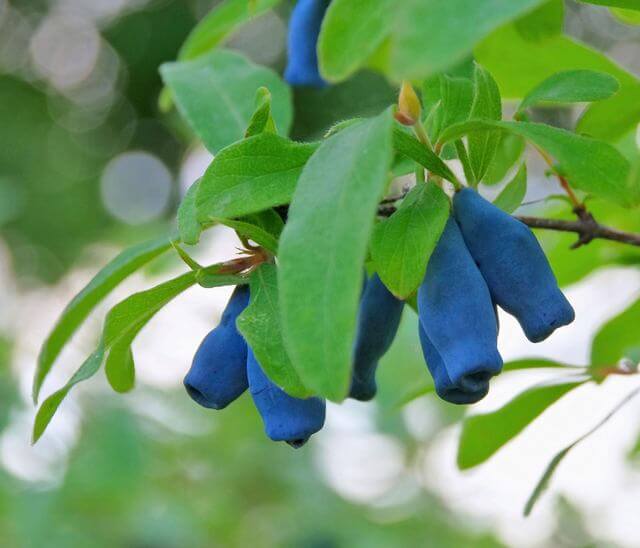 Image Credits: Gardeningknowhow
Image Credits: Gardeningknowhow
Haskap berries look a bit like elongated blueberries, but they’ve got a punchy, tangy-sweet flavor that’s all their own. These early-ripening fruits are among the first to arrive in spring, making them a treat after a long winter.
You’ll need at least two different varieties for pollination, but once they’re settled in, they’re wonderfully low-maintenance.
Plant them in full sun with good drainage, and give them a bit of compost each spring. Their tidy shrubs also add structure and interest to your garden year-round.
#9 Brambles
 Image Credits: Gardeningknowhow
Image Credits: Gardeningknowhow
Brambles bring a burst of juicy sweetness to your garden with minimal fuss, especially when you let them sprawl or train them along a trellis.
Their arching canes are covered in plump berries that ripen from green to deep black, and birds aren’t the only ones who’ll be waiting for that perfect moment to pick.
Give them full sun and well-drained soil, and they’ll reward you with a bounty year after year. Prune back old canes in late winter to keep things tidy and productive. It’s a good idea to wear gloves; the thorns mean business, but the fruit is well worth the effort.
#10 Blueberries
 Image Credits: Raise Your Garden
Image Credits: Raise Your Garden
Blueberries are a delight to grow, compact, cheerful, and bursting with antioxidant-rich flavor. Their glossy green leaves shift to rich red in fall, making them as ornamental as they are productive.
These berry bushes love acidic soil and do best with a little extra peat moss or sulfur mixed in at planting time. Plant at least two different varieties for cross-pollination and better harvests.
Keep the soil consistently moist and mulch well to protect the shallow roots. With a little care, you’ll have sweet handfuls ready for pancakes, pies, or snacking straight from the bush.
#11 Beans
 Image Credits: Bhg
Image Credits: Bhg
Beans bring a playful energy to your garden, especially when you let them climb an arch like this. Their twining vines grow quickly, forming lush green walls dotted with delicate blossoms and slender pods.
They’re easygoing and thrive in sunny spots with well-drained soil. Sow seeds directly in the ground once the soil warms, then keep the area evenly moist while they sprout and stretch.
You’ll enjoy harvests within a couple of months, just keep picking regularly to keep them coming. Whether you grow snap beans or shelling types, they’re as fun to tend as they are satisfying to eat.
#12 Red orach
 Image Credits: Gardenia
Image Credits: Gardenia
Red orach adds a bold pop of color to both your garden beds and your kitchen. Its deep magenta leaves stand tall and vibrant, creating a dramatic contrast against greens and flowers nearby.
You can harvest the young leaves to use just like spinach; they’re tender and full of mild, earthy flavor. Sow seeds early in spring and give them a sunny spot with rich, moist soil.
As it grows, pinch back the tips to encourage bushier plants and more leafy growth. It’s one of those rare veggies that’s as beautiful as it is delicious.
#13 Plum
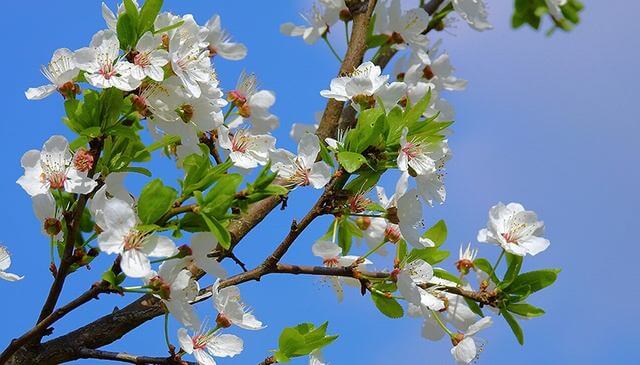 Image Credits: Eartheasy
Image Credits: Eartheasy
A plum tree brings beauty and bounty to your yard, starting with a breathtaking show of blossoms in early spring. Those delicate white flowers give way to sweet, juicy fruits you can enjoy fresh, baked, or preserved.
Plums thrive in full sun and well-drained soil, and they benefit from regular pruning to keep them productive and shapely. Plant one near other compatible varieties for better pollination and fruit set.
Keep the base mulched and watered, especially in dry spells. It’s a joy to watch the seasons unfold on this tree, from flower to fruit.
#14 Amaranth
 Image Credits: Inhabitat
Image Credits: Inhabitat
Amaranth adds striking color and texture to your garden while offering nutritious seeds and edible leaves. Its vivid crimson plumes and deep green foliage make it a showstopper, especially when grown in a sunny spot.
You can harvest the young leaves for cooking or let the plant mature to collect its tiny, protein-rich seeds. Sow directly after the last frost and thin the seedlings so they have space to stretch.
Keep the soil consistently moist, and you’ll have a hardy, heat-loving crop that thrives all summer. This plant is both practical and boldly ornamental.
